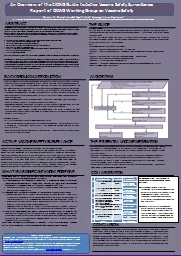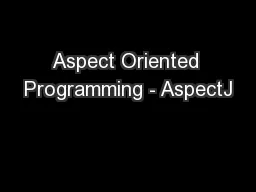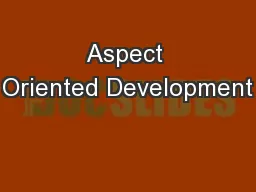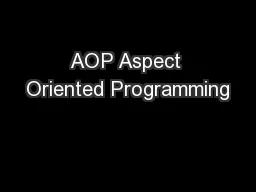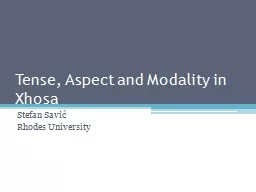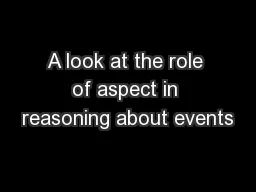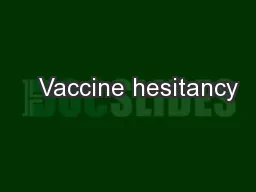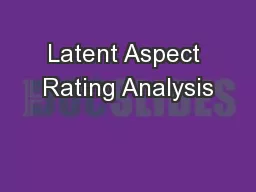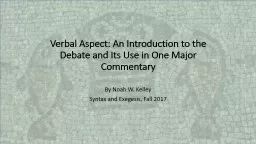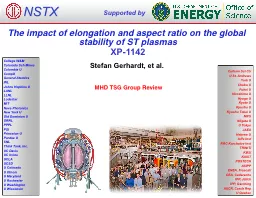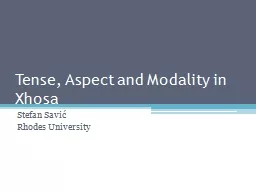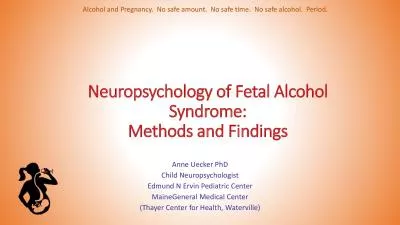PPT-A Knowledge Gap is a lack of information, a research gap or question on some aspect of
Author : briana-ranney | Published Date : 2019-02-23
If the knowledge gap has the potential to negatively influence the benefitrisk profile of the vaccine to such a degree that it could significantly effect the safety
Presentation Embed Code
Download Presentation
Download Presentation The PPT/PDF document "A Knowledge Gap is a lack of information..." is the property of its rightful owner. Permission is granted to download and print the materials on this website for personal, non-commercial use only, and to display it on your personal computer provided you do not modify the materials and that you retain all copyright notices contained in the materials. By downloading content from our website, you accept the terms of this agreement.
A Knowledge Gap is a lack of information, a research gap or question on some aspect of: Transcript
Download Rules Of Document
"A Knowledge Gap is a lack of information, a research gap or question on some aspect of"The content belongs to its owner. You may download and print it for personal use, without modification, and keep all copyright notices. By downloading, you agree to these terms.
Related Documents

